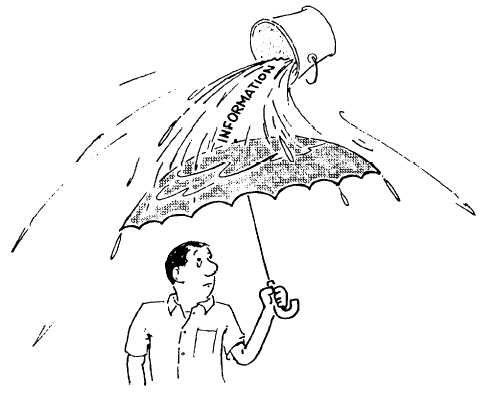| |
FAILING TO COMMUNICATE
Communication requires more than just talking.
One person cannot communicate. Communication
involves a sender and a receiver and a message
understood by both. The sender must be able to select
words or visual signals that accurately convey the
desired meaning and can be understood by the receiver.
All responsibility does not rest on the sender; the
receiver must hear what is being said. When interference
(lack of understanding or distractions) garbles the
message, the receiver should ask the sender to repeat or
explain the message. Misunderstanding information
may be worse than receiving no information since it can
result in disappointment, frustration, missed
opportunity, or improper action by the receiver.
Sometimes it seems that you can almost see the
earplugs in a customer’s ears. What you are saying is
not getting through. You may be tempted to shrug the
incident off by saying, “I did my part. It’s not my fault
if the customer wouldn’t listen.” Are you sure that you
did your part? After all, the customer came to you for
information or advice but didn’t receive it. Any one of
several causes could have interfered with your message:
The customer was vague about the particulars of
the problem.
You communicated with jargon, unfamiliar
terms, or slang.
You didn’t make your explanation as thorough as
you should have.
You communicated or inferred that the customer
or problem wasn’t important.
The customer had other problems.
The customer felt rushed.
The customer lacked confidence in your ability
to provide the requested service.
You failed to make sure that the customer
understood.
Several types of language barriers can interfere with
effective communications. Cultural differences,
physical problems, language that reflects bigotry or
prejudice, speech habits, and confusing terminology all
can create a barrier to communication. However, the
first two barriers—cultural differences and physical
problems—are the most difficult for the speaker to
3-8
|

